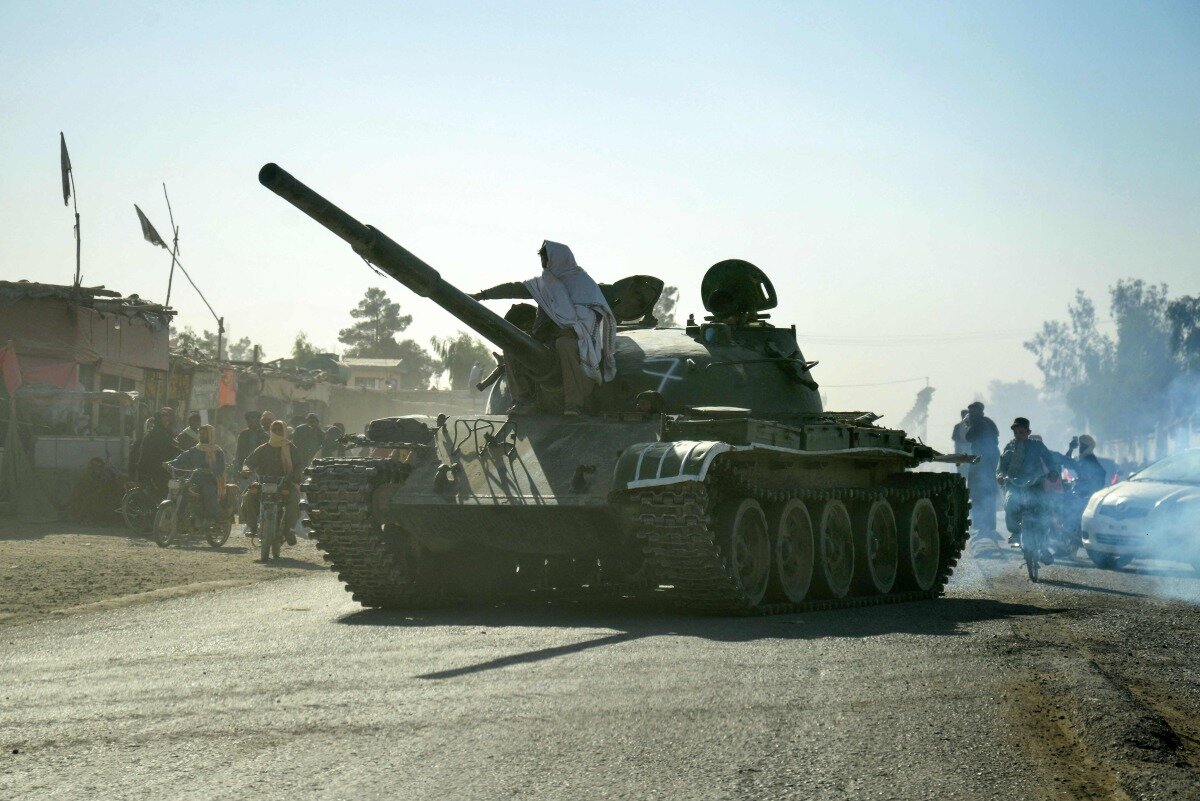Pakistan–Afghanistan conflict: U.S. maneuvering vs. China’s mediation

TEHRAN – The recent border clashes between Pakistan and Afghanistan underscore the fragility of South Asia’s security environment.
The conflict highlights divergent approaches to regional crises, reflecting broader global strategic dynamics. One approach relies on military maneuvering and strategic opportunism. The other emphasizes diplomacy, economic cooperation, and long-term stability.
Fishing in troubled waters
The clashes coincide with heightened U.S. attention on Bagram Air Base, as President Donald Trump calls for restoring a military presence. This illustrates a recurring U.S. strategy of leveraging instability to legitimize intervention under the pretext of counterterrorism.
The legacy of two decades of U.S. involvement in Afghanistan remains consequential. Weak institutions, a fragile economy, and persistent insecurity continue to plague the country. The current border crisis can, in part, be traced to these structural weaknesses. By prioritizing short-term strategic gains, the U.S. approach risks perpetuating cycles of instability. In regional terms, this strategy can exacerbate mistrust between neighbors and contribute to a security dilemma in South Asia.
Diplomacy and economic integration
China’s approach contrasts sharply with Washington’s. Beijing has consistently called for restraint and dialogue, welcoming ceasefires and facilitating trilateral talks with Pakistan and Afghanistan. These engagements aim to strengthen political trust and sustain bilateral and regional cooperation.
Recent trilateral meetings underscore China’s proactive mediation role. At the sixth China-Afghanistan-Pakistan Foreign Ministers’ Dialogue in Kabul in August 2025, Chinese Foreign Minister Wang Yi, Afghan Foreign Minister Amir Khan Muttaqi, and Pakistani Foreign Minister Mohammad Ishaq Dar reaffirmed their commitment to promoting regional peace, stability, and shared prosperity. Wang emphasized expanding development cooperation, boosting trade and investment, improving connectivity infrastructure, and deepening security collaboration to combat transnational terrorism.

Chinese Foreign Minister Wang Yi, Pakistani Foreign Minister Mohammad Ishaq Dar and Afghan Acting Foreign Minister Amir Khan Muttaqi held an informal meeting in Beijing on May 21, 2025. (PHOTO / XINHUA)
Earlier, in May 2025 in Beijing, the three countries agreed to advance Belt and Road cooperation by extending the China-Pakistan Economic Corridor (CPEC) into Afghanistan. The ministers highlighted the potential of the trilateral mechanism to strengthen mutually beneficial relations, enhance connectivity, and foster economic development. China also pledged support for Afghanistan’s diplomatic normalization and advocated for regional cooperation free from external interference.
Economic integration is central to China’s strategy. By transforming Afghanistan into a hub for regional connectivity, Beijing seeks to address structural drivers of instability, including poverty and marginalization. Its model prioritizes long-term stability over immediate strategic advantage. By fostering shared economic interests, China reduces incentives for conflict escalation and encourages political engagement as a means of maintaining regional order.
Implications for regional stability
The differing approaches of the U.S. and China carry significant consequences for South Asia. Washington’s military-first model risks entrenching insecurity and fostering dependence on external powers. It may provoke friction among regional actors, undermining prospects for cooperative security arrangements.
China’s strategy emphasizes long-term stability through economic interdependence, dialogue, and trilateral coordination. If successful, it could create a framework for sustainable peace and development across Afghanistan, Pakistan, and neighboring states. Economic integration may serve as a stabilizing force, encouraging collaborative problem-solving and reducing the appeal of militant activity.
Global power dynamics
The Pakistan–Afghanistan border conflict also reflects broader geopolitical competition. U.S. interventions, characterized by strategic opportunism, align with a traditional model of power projection. China’s approach exemplifies influence through infrastructure and development-led diplomacy. The contrast between military-first and development-first paradigms underscores competing visions for shaping regional order.
The outcome of these approaches will shape Afghanistan’s trajectory, influence regional security architectures, and redefine patterns of global engagement in South Asia. Lasting peace depends on whether dialogue and shared development can outpace militarized strategies rooted in opportunism.
Leave a Comment